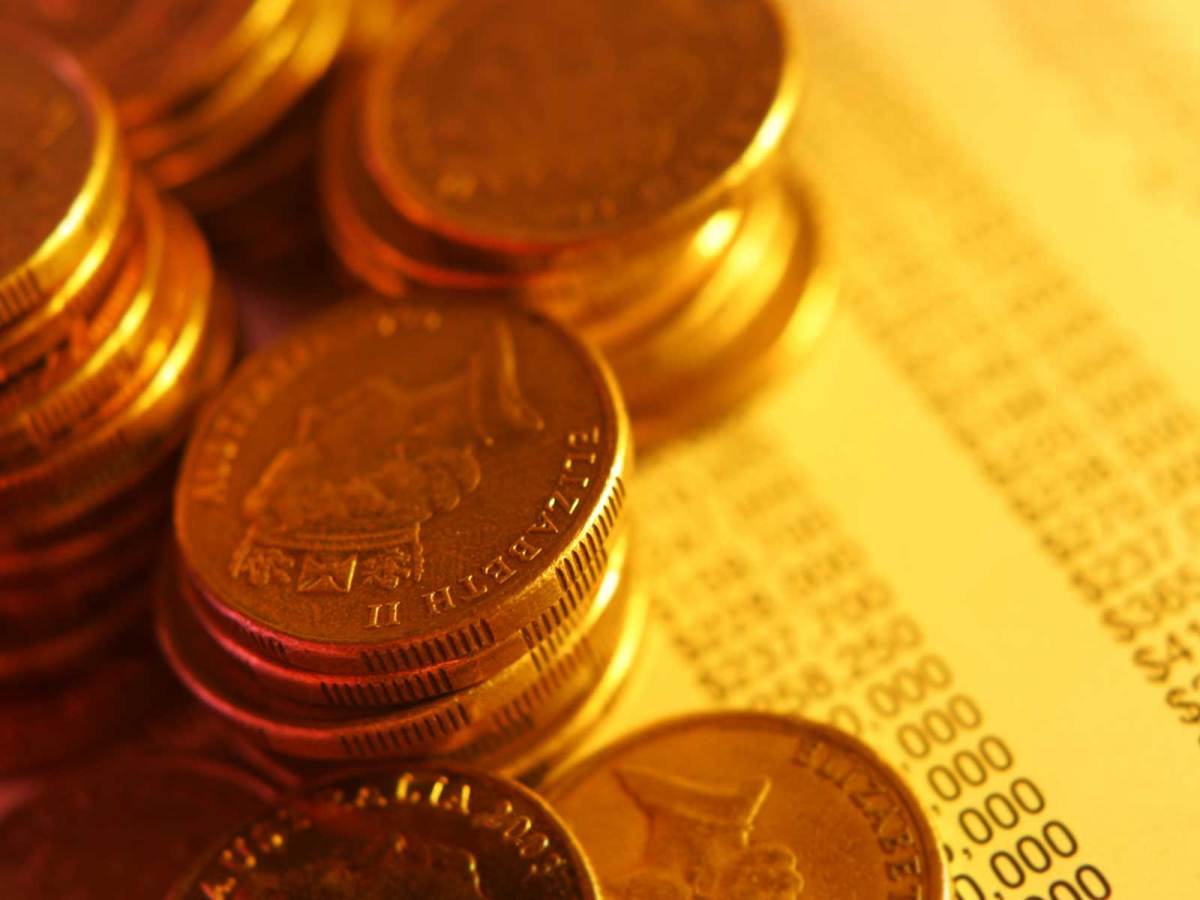The announcement today of a modest rise in the Consumer Price Index (CPI) is likely to lead to the Reserve Bank (RBA) keeping interest rates on hold on the first Tuesday of next month (August), according to leading analysts and economist.
The Australian Bureau of Statistics (ABS) said the CPI rose 0.5 per cent for the June 2014 quarter, down slightly from the 0.6 per cent rise for the three months to March 2014. Over the 12 months to June 2014, the CPI rose 3 per cent, which is at the ceiling of the RBA’s 2-to-3 per cent target band for inflation.
“The most significant price rises this quarter were for medical and hospital services (+4.6 per cent), new dwelling purchase by owner-occupiers (+1.6 per cent) and tobacco (+3.1 per cent),” said an ABS spokesperson. “These rises were partially offset by falls in domestic holiday travel and accommodation (-3.8 per cent), automotive fuel (-2.7 per cent) and telecommunication equipment and services (-1.6 per cent).”
Shane Garrett is the senior economist at the HIA, the industry body representing the housing and building industries. He said the slow increases in CPI are in line with expectations and, when combined with a resurgence in the Australian dollar, should help in keeping interest rates low, which is good news for appliance suppliers and retailers that rely on renovations, changes in home ownership and the building industry for high margin sales.
“Low interest rates are also helping to stimulate demand in several important sectors of the domestic economy, including residential construction,” Garrett said. “The RBA has repeatedly committed itself to a low rates policy for some time to come and there is nothing in today’s figures to warrant a change to this.”
Kara Ordway is a market analyst at retail currency trader City Index. She said low inflation and low interest rates should lead to stronger consumer confidence.
“Currently, Australia does not have significant inflation worries as levels have been reasonably low,” Ordway said. “This has meant that the RBA has been able to keep interest rates at record lows to keep stimulating the economy and buoy business confidence and consumer demand.
“With the Australian dollar stubbornly high, some retailers and wholesalers are benefiting from reduced overseas purchase costs.”
There is a flipside to this, however, with Ordway explaining that low inflation leads to low demand for the Australian dollar, which should weaken it. This will make products sourced from overseas factories and suppliers more expensive for wholesalers, a cost passed on retailers and consumers, at least theoretically.
The last time the dollar descended sharply, in June 2013, Harvey Norman chairman Gerry Harvey said this would lead to increased prices, telling Fairfax online sites that, “Suppliers will either move fast or hold out on raising their prices, but regardless, if the dollar goes down, the prices of all imported appliances will go up”. The dollar recovered from that dip below US 90 cents, as is currently trading at US 94 cents, after four months of relative stability.
Regardless of this, the Australian dollar weakening might actually be good news for some retailers, however, as a deleterious exchange rate could discourage consumers from parallel importing goods, as the price difference — the so-called ‘Australia tax’ — will be less onerous.
“The Australian dollar going lower may encourage Australian consumers to buy from domestic retailers, but those business exposed to foreign currency costs will feel the brunt of a lower local unit,” Ordway said.
This author is on Twitter: @Patrickavenell

